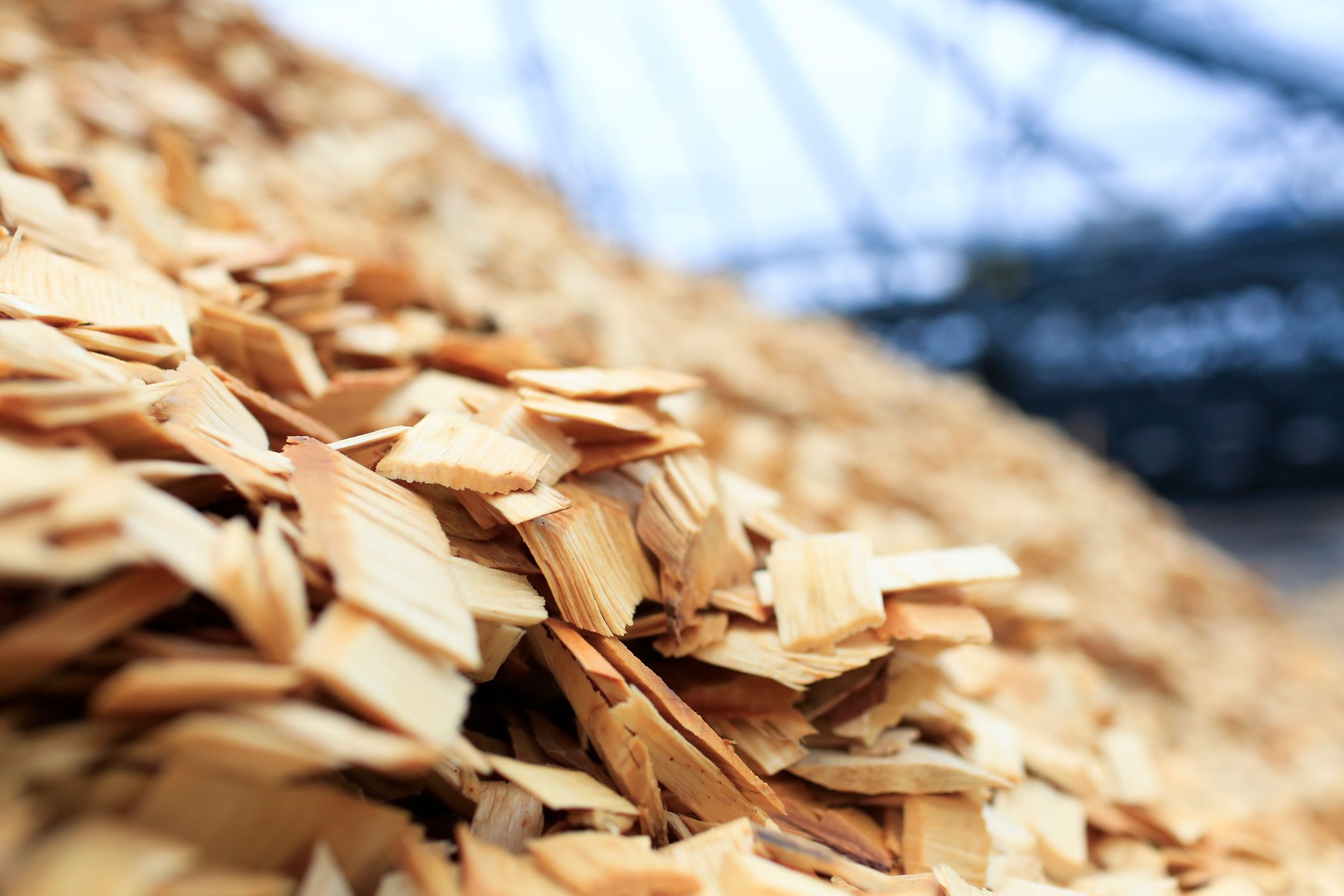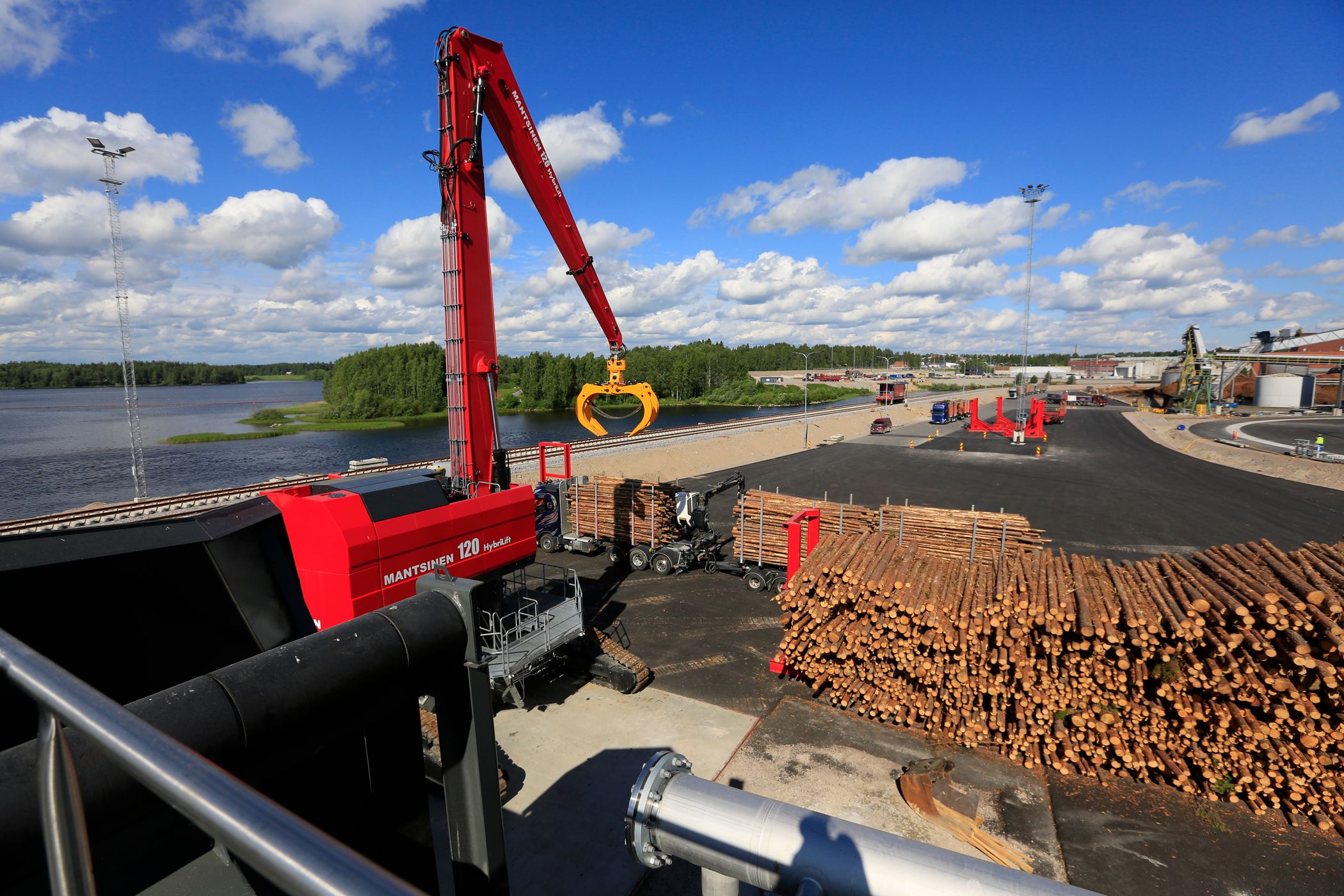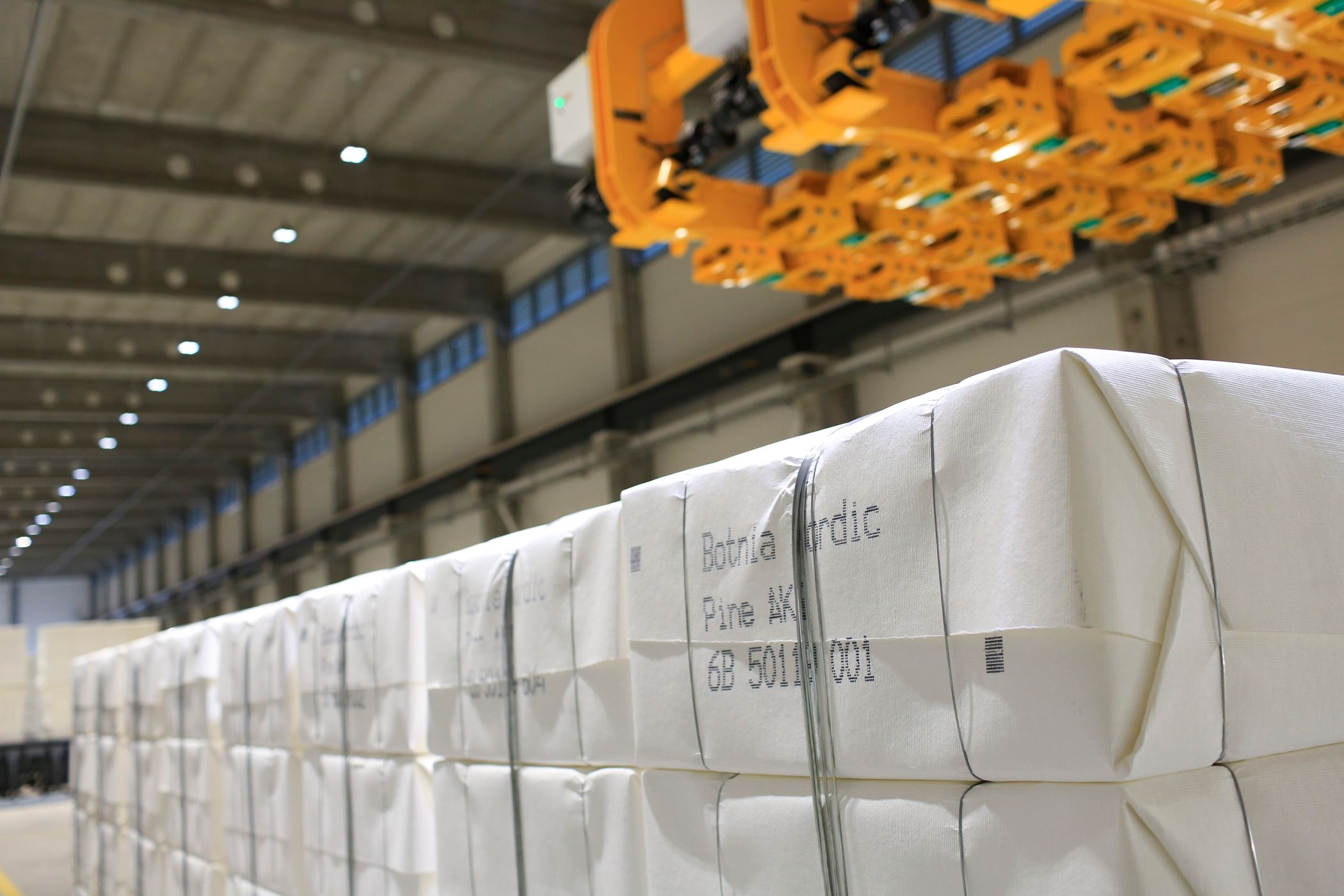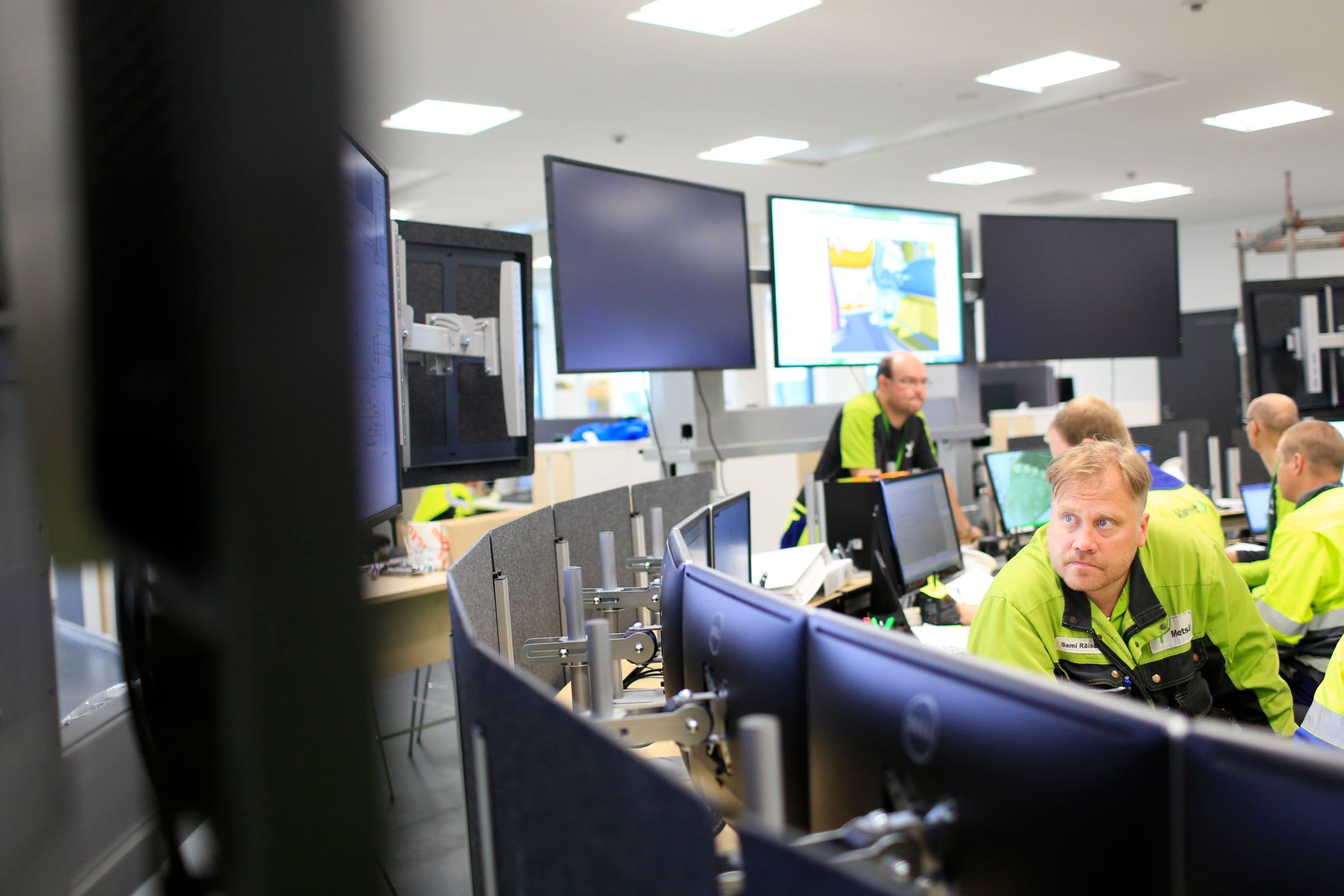The factory that walks the Norwegian talk
The Finnish Metsä Group’s bio-product factory is the factory of the future. Nothing like it exists in Norway.
Imagine a factory that is self-sufficient with energy, utilises all by-products from its production, is remote controlled and has fully automated almost all of its logistics.
In Finland, such a plant has already been in operation for a whole year. The Metsä Group factory in Äänekoski has taken the buzzwords about digitisation and circular economy seriously – and put them into practice. In short, it’s about utilising company data to seamlessly streamline logistics and production in completely new ways.
In Norway, most of this is still considered utopian. Here we still need a flagship project.
“In Norway, we are at the forefront of automation. But few have begun to exploit their data,” says Jarle Nilsen, Sales Manager for Industry in Norway.



Industrial innovation
Everything that can be made of oil can also be made of wood. This has in recent years been the increasingly influential mantra of the forest industry. In Norway, Borregaard has specialised in supplying a range of new wood products.
In Finland, the Metsä Group is at the forefront of a similar disruption. The company’s new factory in Äänekoski is the largest investment in the Finnish forest industry so far, and annually produces 1.3 million tonnes of cellulose made from conifer pulp and birch. Of the by-products from the production, Metsä Group makes pine oil, turpentine, bioenergy, product gases, sulfuric acid – in addition to new products such as textile fibres and lignin products.

Photo: Metsä Group
To succeed, the Metsä Group’s new factory has renewed production, storage and transportation:
• Energy: The factory produces over twice as much energy as it consumes. It does so by utilising steam, surplus heat and cooling water to produce new energy. To achieve this, Siemens has supplied a 280 MW single-shaft turbine, a generator, a main capacitor and control and protection automation. The turbine is the most efficient of its kind in the world.
• Integrated logistics 1: Siemens IoT and remote management technology are utilised in different parts of the manufacturing process, storage and logistics chain. One example is cellulose transport, which is facilitated using Vectron hybrid locomotives supplied by Siemens. Three freight trains specially built for cellulose transport run the railway line 24 hours a day to the port of Vuosaari. At its fastest, it takes less than a week to deliver cellulose to European customers, which provides an important competitive advantage.
• Integrated Logistics 2: Robotic vision and hands pack fresh cellulose stacks and stamp them with RFID codes. From the automated warehouse, the stacks are loaded either directly on the trains or are stored awaiting dispatch. At best, the cellulose stacks are dispatched without a single pair of human hands touching them.
• Automatic storing and loading: The factory benefits from the same technology to run logistics in the central procurement departments. The technology has gained a whole new field of application in cellulose factories. Overall, this provides improved production reliability, efficiency and reduced carbon footprint – which in turn gives increased competitiveness.

Production Manager for Metsä Group Fiber’s cellulose production, Camilla Wikström. Photo: Metsä Group
Production Manager for Metsä Group Fiber’s cellulose production, Camilla Wikström, believes that the strength of Siemens lies in its technology and control mechanisms for systems and whole units.
“This kind of factory has not been created before. Here, many new ideas have been taken straight from the planning stage to reality and that’s not so common,” Wikström says with a smile.
Factory production is now three times higher than before, with the same climate footprint. This results in the plant having more efficient consumption of material and energy, and thereby greater environmental efficiency.
“The equipment at the factory is now closely integrated with computer systems, allowing us to monitor conditions and anticipate errors before they occur. This allows maintenance to be executed quickly and precisely,” Wikström explains.
Aker BP, first in Norway
Siemens gives emphasis to Aker BP as the leading player in Norway in building the future industry. The company has established a physical control room for the Ivar Aasen oilrigs in Trondheim.
“Here you can control the entire platform from land. This means that they reduce offshore manning, increase safety and save big money,” says Nilsen.
He points out that digitisation on this level differs from the traditional automation that Norwegian industry otherwise excels at.
“Only when the data is made available can you streamline the processes in new ways and predict both logistic and maintenance needs,” says Nilsen.
“In Norway, there is a lot of interest in this, but for the time being, little is being done,” concludes Nilsen.